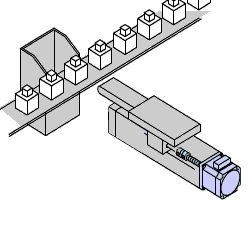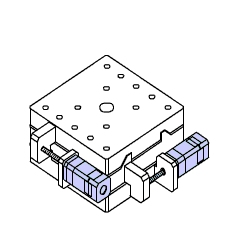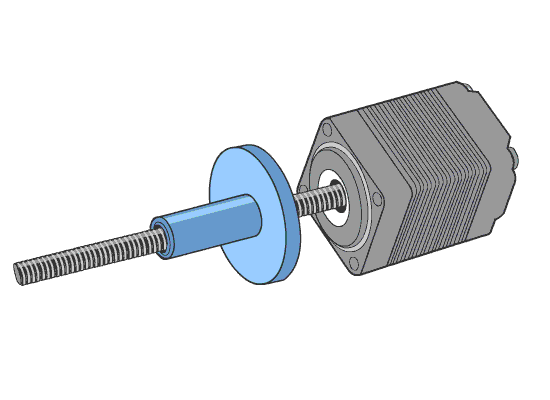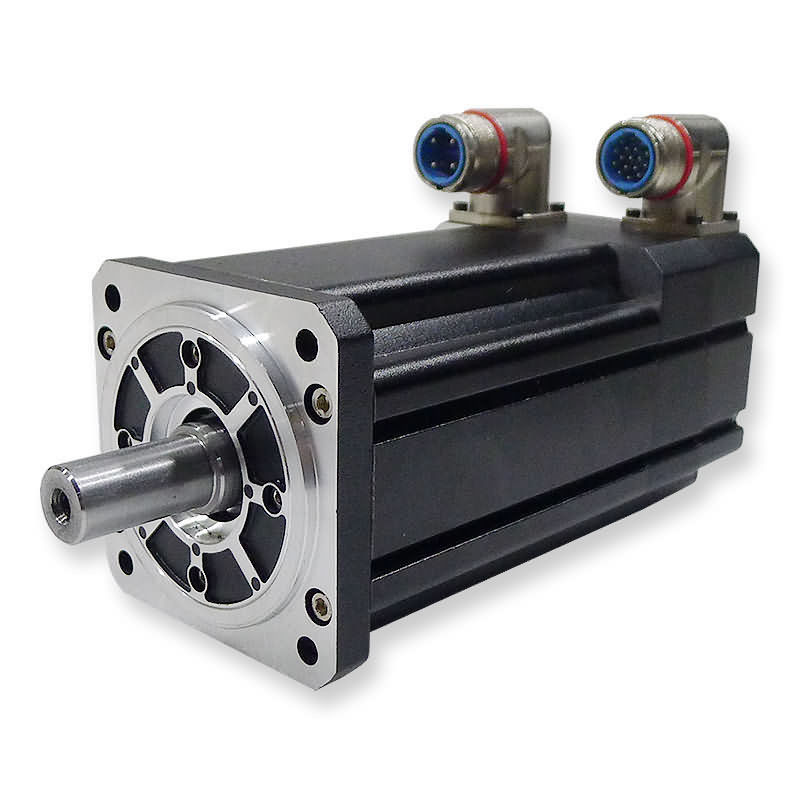-
Introduction
This is going to be a blast. Welcome to the course.
-
The Fundamentals
What are Robotics?
-
Careers in Industry
Careers In Industrial Robotics
-
Fundamentals of Hardware
The Basics of how a robot moves and interacts.
-
Axis and Coordinate Systems
The GPS navigation of robotics
-
The World's Largest Robotics Companies
Every major leader in the field
-
Types Of Industrial Robotics
Some of the common Types of Robots you will likely run into in industry
-
Safety
One of the most critical aspects of automation systems: safety
-
Walkthrough Quiz
Let's test your knowledge around robotics to see your familiarity so far
-
Programming
Learn how to write your own robotics Program
-
Bonus - Common Terminology: Your Personal Guidebook to Robotics
You are able to reference this guidebook forever, as your tool in the field. Hear a word you're not familiar with? Search for it here using ctrl-F! Review this often to keep up to date on all of the terms.
Fundamentals of Hardware – Servos and Motors
How does a robot move?
Please don’t steal
Remember, these are just a bunch of mechanical pieces moving around – in industrial applications, we control mechanical pieces through servo motors or electric motors that can convert electricity into the movement of metal.
There are many different types of servos, from remote control cars to world-leading Electric cars like Tesla’s lineup.
Please don’t steal
This application uses a servo motor to raise a chain up – you can see from the bar where a motor would go to spin it and raise the chain
Please don’t steal
Pls don’t
The computer attached knows the position through the feedback that is given as an input from the Servo, either analog or digital, this allows the computer to spin the attached shaft to a specific position.
Please don’t steal
Some servos are set up on what is called a “Linear” setup, Linear means to be lined up in a straight line. The servo motor spins the bar which is connected to the moving part in a way that causes it to move forward and backward.
Please don’t steal
This looks good in sketch form like above but even better in photo-realism like below
Please don’t steal
You can imagine how that motor can move mechanical pieces, in this GIF below – look at how it pushes a piece of metal to accomplish a task
Please don’t steal
 Please don’t steal
Please don’t steal
Now it’s starting to make more sense right? How servo motors can control a table that moves along X-Axis and Y-Axis (or left and right)
Please don’t steal
This is how CNC machines and Robots move around, they have a Servo Motor on every axis and the servos can actually take the code to know where to go. This is how we can program robots and machines to be repeatable within a thousandth of an inch!

Please don’t steal
You might see these baby servos in household items:
Please don’t steal
Please don’t steal
But in Industrial Applications, we use these beefy guys:
Servo motors are typically paired with some type of encoder or electronic device to provide position and speed feedback. To explain how it works simply, a small disk with lines along the circumference is monitored to achieve a specific position. This picture diagram explains what sends the feedback to any type of computer or control system you are using.
Please don’t split teal

Please don’t split teal or blue
The control of the servo is also unique to a typical electric motor as it operates on frequency to control speed. The desired position is sent as electrical pulses through the signal wire. The motor’s speed is typically proportional to the difference between its actual position and desired position. When the motor is near the desired position, it will turn slowly, otherwise, it will turn fast. This is called proportional control. This means the motor will only run as hard as necessary to accomplish the task at hand, making it as efficient as it can be!
Please don’t steal
Another thing to consider is limits, obviously, we wouldn’t want the robot to spin wildly out of control, or to exceed a mechanical limit implemented by the engineer. You can calibrate the limits through a few methods. One is by setting a “Soft” limit within the programming, before hitting a “hard limit”, which in robotics would typically be the limit of the servo, but it could also be limited with an external microswitch.
Please don’t steal
When you see robots, try to spot the servo motors that help the robot to move around!
Please don’t steal










